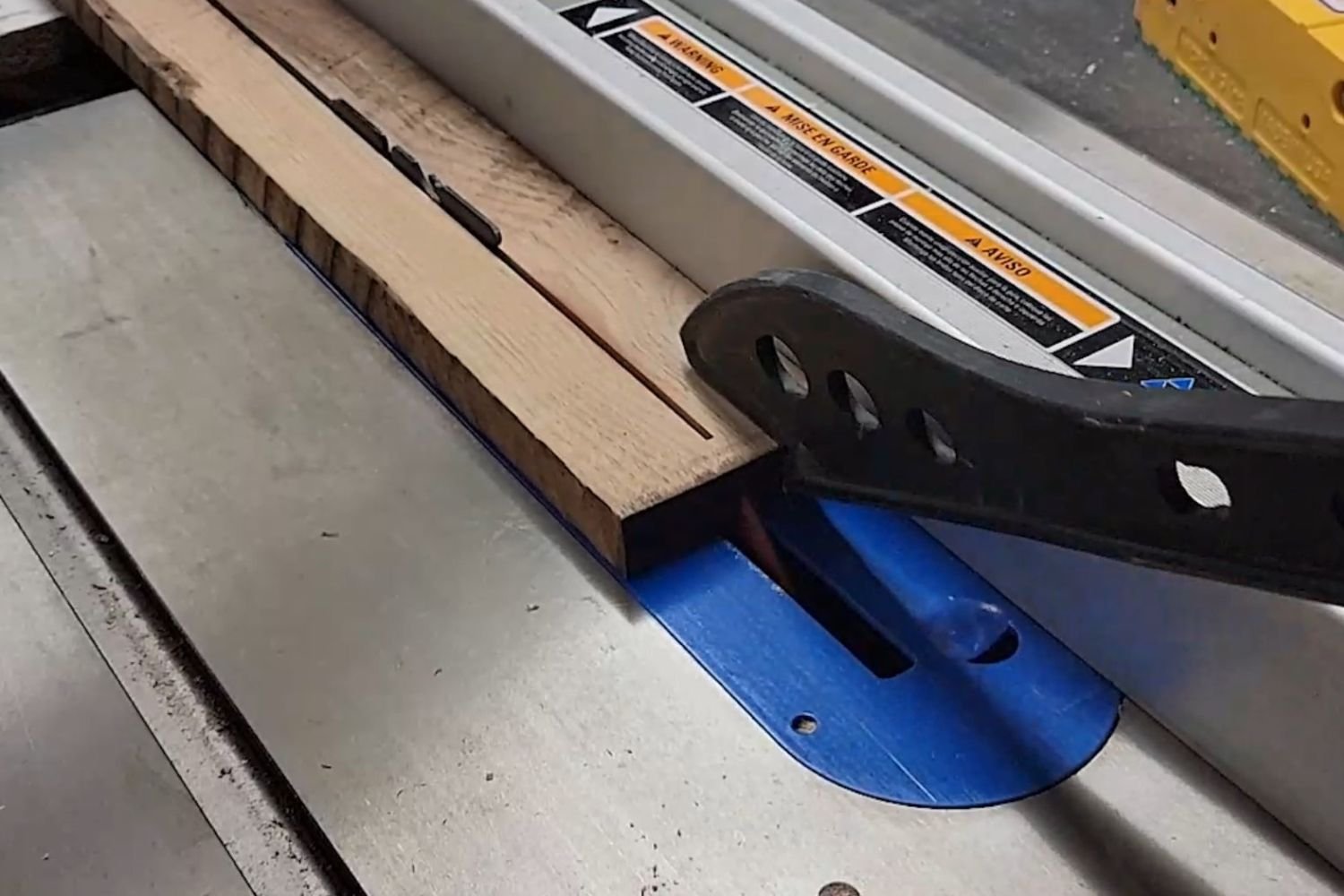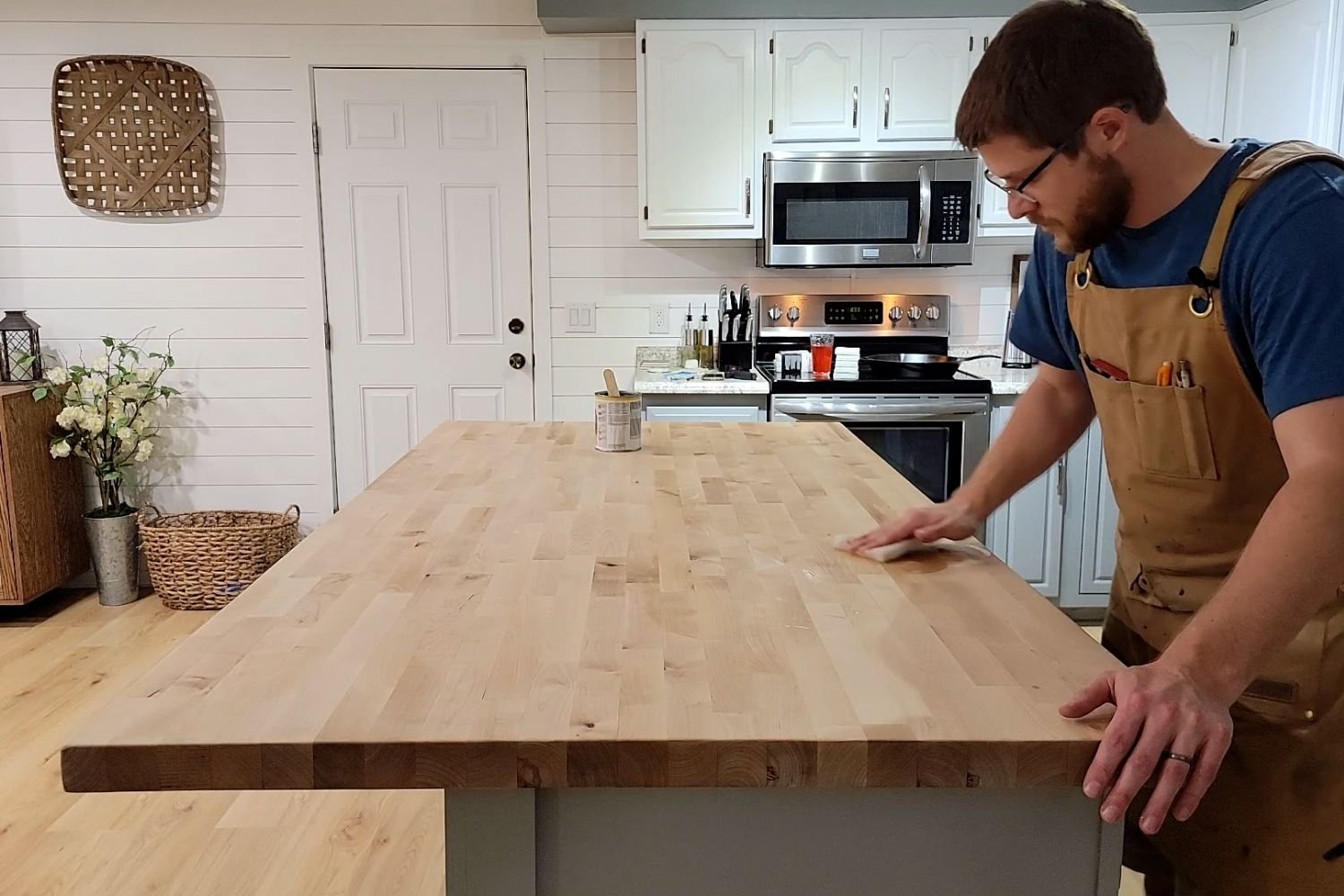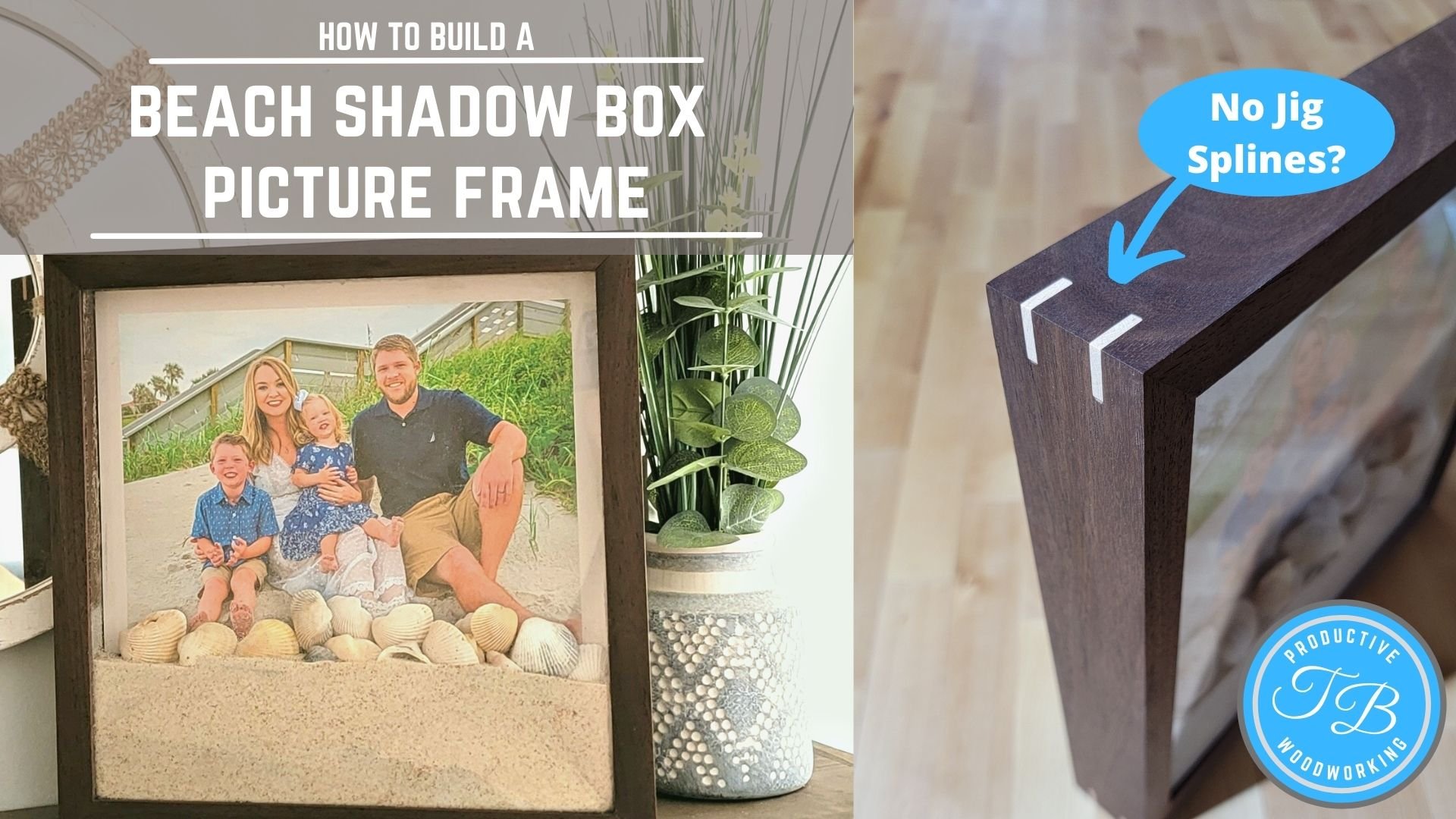When to Use a Push Stick or Push Block on a Table Saw?
Knowing when to use a push stick or push block is vital to minimize the risk of injury from a table saw blade but can vary depending on the type of cut and safety device you're using. I recommend using a push stick or push block whenever your hands will be within 6" inches of the table saw blade, or if your workpiece is smaller than 1' foot long. Woodworking can be very dangerous but using a push stick protects you from accidents and acts as an extra layer of protection, which is why I have ranked the best push sticks currently available in another article. In this article, we will go through various cuts on the table saw, the proper technique, and what to look for in a good push stick to help you understand when to use push sticks.
We’re reader-supported. When you buy through links on our site, we may earn an affiliate commission at no cost to you.
When to Use a Push Stick?
Rip Cuts
When making rip cuts I almost always use a push stick or push block since my hands will be within 6 inches of the blade. Also for longer cuts, I typically use a second push block to ensure I have enough control so that I can make straight cuts. When ripping narrow or short boards I usually use my MicroJig Grr-Ripper push block rather than a push stick, so that I can guarantee I have enough pressure on the narrow stock to prevent any wandering or kickbacks. However, you could use a feather board to apply pressure inward towards the rip fence, but it would take more time to continually adjust after each cut.
Cross Cuts
For cross cuts on a table saw either using a sled or miter gauge, I typically don't use a push stick. Although, you do need to be aware of your hands and keep your fingers away from the path of the cut. Also, when making cross cuts it's extremely important not to have the fence touching the workpiece as it's going through the blade as it will significantly increase the risk of kickbacks. You can use the rip fence as a reference by clamping a 1" block to the fence near the front and adjusting your measurements accordingly for repeatable accurate cuts.
Panel Cuts
Surprisingly panel cuts could be easier to have an accident on a table saw, due to lack of focus and leaning over the table top. Occasionally, I focus on the edge of the panel and rip fence rather than keeping my fingers away from the blade. If you're working with large sheets, it's nearly impossible to use push sticks or push blocks, but focus on keeping a safe distance from the blade. For smaller sheet goods I recommend using a push block rather than a push stick and most of the time a single push block is not enough. Also, you can set the blade height just above the top of the board for cleaner cuts and minimize the severity of an injury.
Proper Technique
Knowing the proper way to use a push stick can minimize any safety hazards. To reduce the risk of getting hit by a kickback you should stand to the left of the saw blade. Use your right hand to push the board with a push stick or push block, and use your left hand or a feather board to apply inward pressure toward the fence. Ideally, you want to apply downward pressure with your push stick or push block, but this varies depending on the design. After pushing the workpiece through the blade you can then remove the push block and turn off the saw. You will always want to wait until the blade stops to retrieve the offcut and never reach across the blade.
Best Type of Push Stick or Push Block
Material
One factor to consider when looking for a push stick or push block is the material. In some cases, the push stick may come into contact with the blade. Typically the cheap hard plastic push sticks will shatter if they hit a blade, whereas higher quality devices will be made from softer ABS plastics. Also, another major feature to look for is a rubber coating or pad to increase the grip of the block or push stick and have better control over your workpiece. I also find it better if they are a bright yellow or orange color to find them easily, I always tend to lose my black push stick.
Design
Push sticks come in a wide array of designs and now even adjustable push blocks are available. There are clearly better options with the best being the Grr-Ripper push block with a large surface area and adjustability for complete control over the workpiece. Other designs like the L-shaped push sticks from POWERTEC are a good alternative as the design allows for downward pressure. The key is the angle and shape of the handle to allow for downward pressure while still keeping your hands elevated and away from the blade. Traditional push sticks with a 90-degree notch provide adequate support just make sure they also have a relief circle to account for any imperfections like the Deluxe Push Stick from POWERTEC.
Best for Safety
If you're looking for the best push stick for safety, I highly recommend the MicroJig Grr-Ripper push block. Conventional push sticks are okay but they don't offer the level of precision and safety of an adjustable push block with multiple directions of even pressure. I detailed my personal experience with the Grr-Ripper in this complete review. I have also compiled a detailed list of the best push sticks available with the best alternative being the L-shaped push stick from POWERTEC. The L-shaped design keeps your hands away from the blade as well as provides downward pressure.
How Table Saw Accidents Happen
One of the main causes of serious injury is from the hands of woodworkers inadvertently hitting an exposed saw blade. This comes from not having control over your workpiece and your hands being too close to the blade during a kickback, which will pull your hands into the blade. The best way to minimize an accident is to prevent kickbacks and there are two main ways. First is a riving knife that should come standard on any table saw, if you don't have one you need to upgrade your table saw. A riving knife prevents a piece of wood from drifting behind the saw blade and getting caught on the back teeth causing a kickback. The other main way is to use a push stick that allows your hands to be a safe distance away from the saw blade in the case of a kickback your hand won't hit the blade.
Push Stick vs Push Block
For most woodworking tasks you can easily interchange a push stick for a push block, but in some cases, one is better than the other. When making cuts on a table saw they are somewhat interchangeable as long as the push block won’t come into contact with the saw blade. However, if you use a grr-ripper push block or another adjustable push block you can make thin rip cuts while still avoiding the high-speed blade. I personally use the MicroJig Gripper more than push sticks to have inward pressure on the rip fence, which I think results in smoother cuts. If you’re using a router table you should use a good push block with a rubber pad to grip your workpiece. A conventional push stick won’t be able to hold the wood steady against the router bit. For a jointer, you will always want to use a push block preferably one with retractable heels to have a firm grip on the end of the board.
Final Thoughts
If you're about to make a cut on the table saw and wonder if your hands are getting too close, you should be using a push stick. Using a push stick protects you from a potentially serious injury that may prevent you from continuing woodworking. I personally had a kickback incident and I was lucky to not have any injuries. The incident changed my outlook on safety and I started seeing push sticks and push blocks as essential tools. If you haven't had a kickback yet count yourself lucky. After my experience, I bought a MicroJig Grr-Ripper push block and have never had any issues since. If you are interested in some alternatives you can check a detailed listing here of the best push sticks available.
Frequently Asked Questions
-
A push block differs from a push stick in that it offers a larger surface area for downward pressure. Push sticks also have a notch that makes it easier to push on the end of a board rather than the top with a push block. Push sticks are generally narrow to allow for thin rip cuts on a table saw. Whereas a traditional push block is typically used on jointers, bandsaws, and router tables.
-
If you're a skilled woodworker and need a sacrificial push block for unique cuts or ripping narrow stock then building a push stick is a good idea. However, the price of a good push stick is minimal in comparison to the result of a table saw injury. A quality push stick or push block with a foam rubber base will provide more grip than a homemade push stick.
-
A push stick is a simple hand tool used in woodworking that can be thought of as an extension of your hand as a push device. It is mainly used to push and control a workpiece while using a table saw or other woodworking machines. A push stick provides a safe way to push a board towards the blade without requiring your hands or fingers to come close to the blade. Typically a push stick has a long handle and narrow tip with a 90-degree notch to hook onto the end of a board.
If you have any questions, comment below.
Let’s talk about it!
Affiliate links are used on this page. See my disclosure page for info on affiliate programs. The links do not cost anything extra to you! I receive a small percentage from the businesses you purchase from which help support creating content and helpful articles like this one!
















